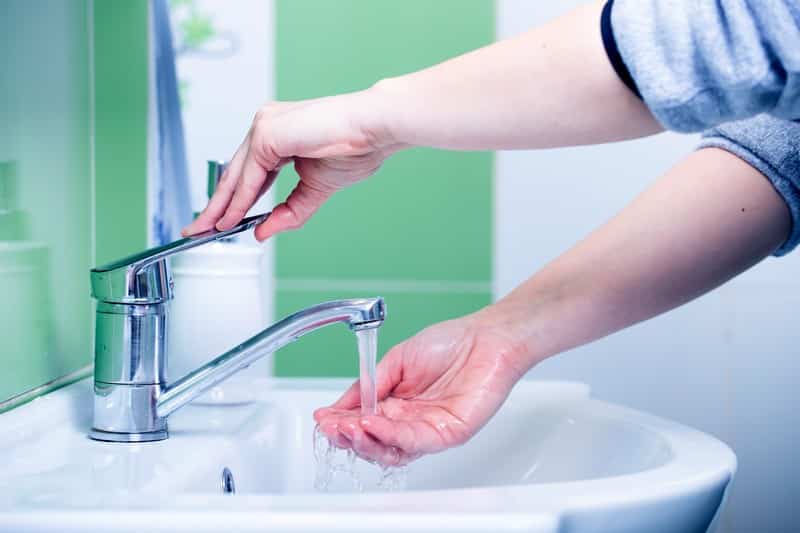Proper Washing of Hands

Rhabdomyolysis may be more commonly associated with physical overexertion and injury. However, a viral and bacterial infection can also trigger the condition. To prevent its occurrence or avoid exacerbating its effects, it’s good practice to wash your hands properly. Doing so will limit the microbial transfer of bacteria and viruses.
Don’t be economical with soap and water when you do. Ensure that every visible surface of the hands is covered in soap. Rub your palms together, on top of each other, and between your fingers until they form a lather. The CDC recommends scrubbing your hands for twenty seconds. Use your mobile device to time it if needed. Rinse your hands only under clean water and dry them thoroughly, preferably with disposable towels. If water and soap are unavailable, alcohol-based sanitizers with at least sixty percent alcohol are acceptable as an alternative.
It’s a general rule of thumb to wash your hands multiple times throughout the day, when they’re visibly dirty, after and before preparing your food, and after sneezing or coughing. As simple as the action is, properly washing hands can limit or prevent infections from spreading.










